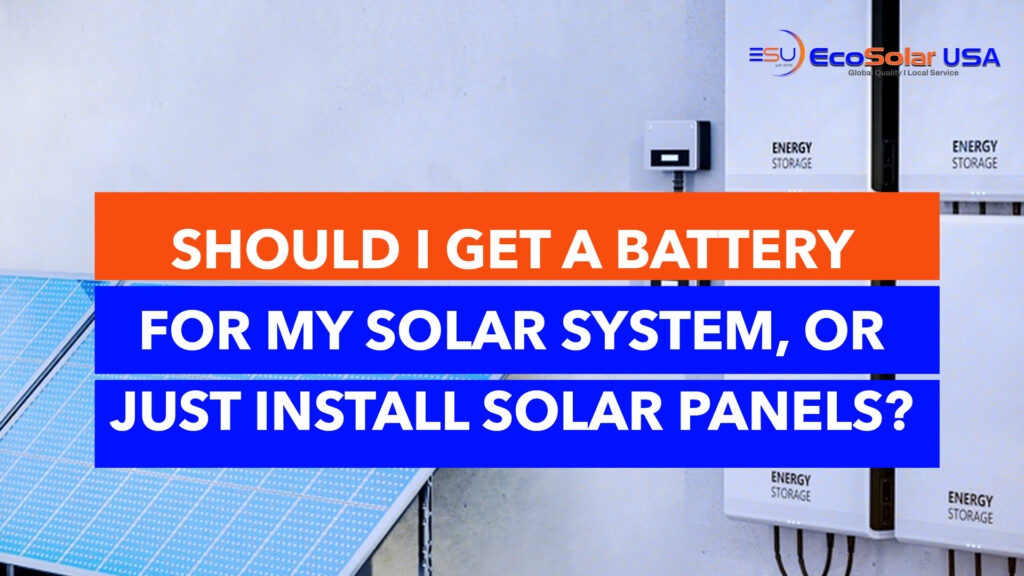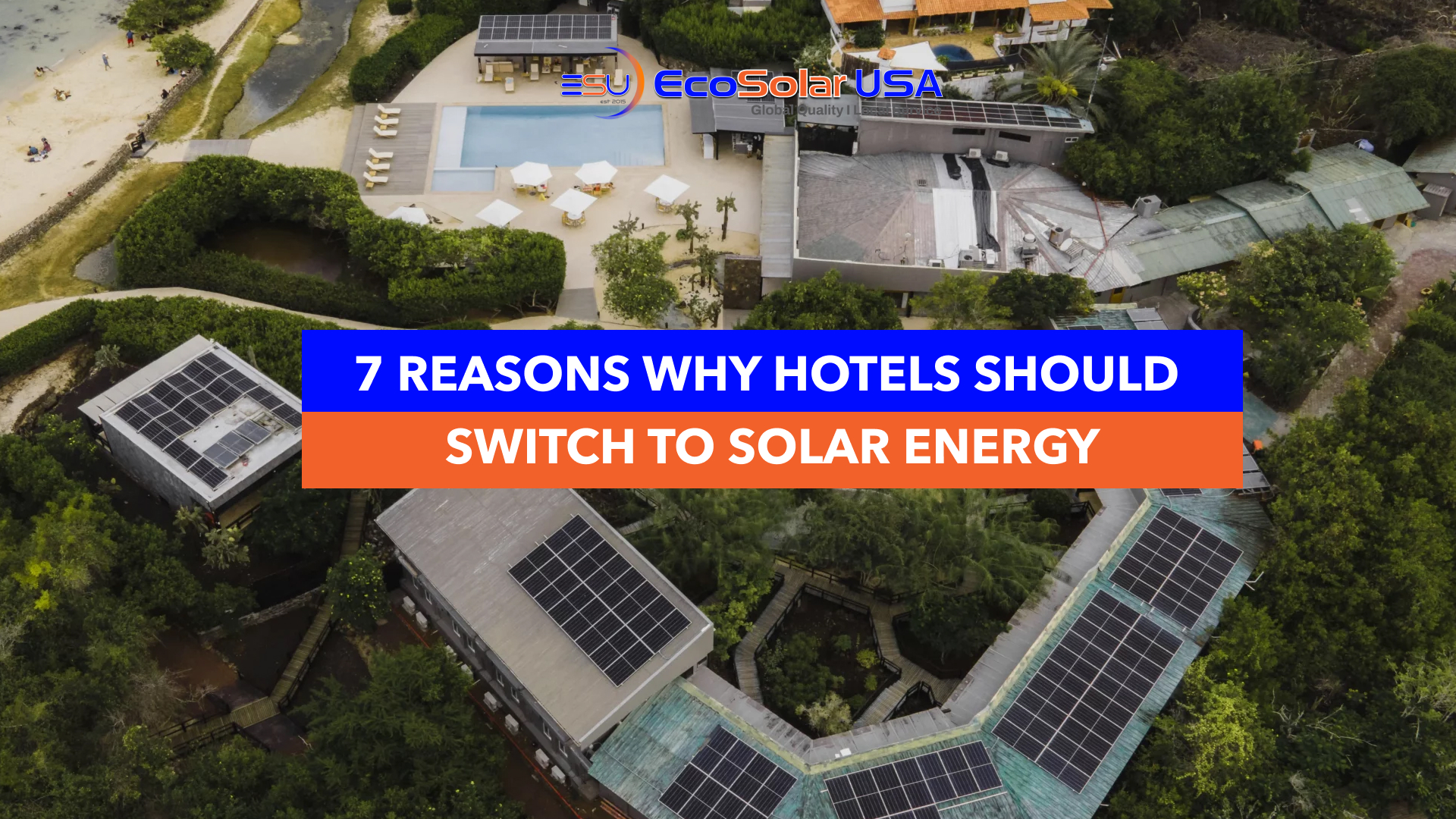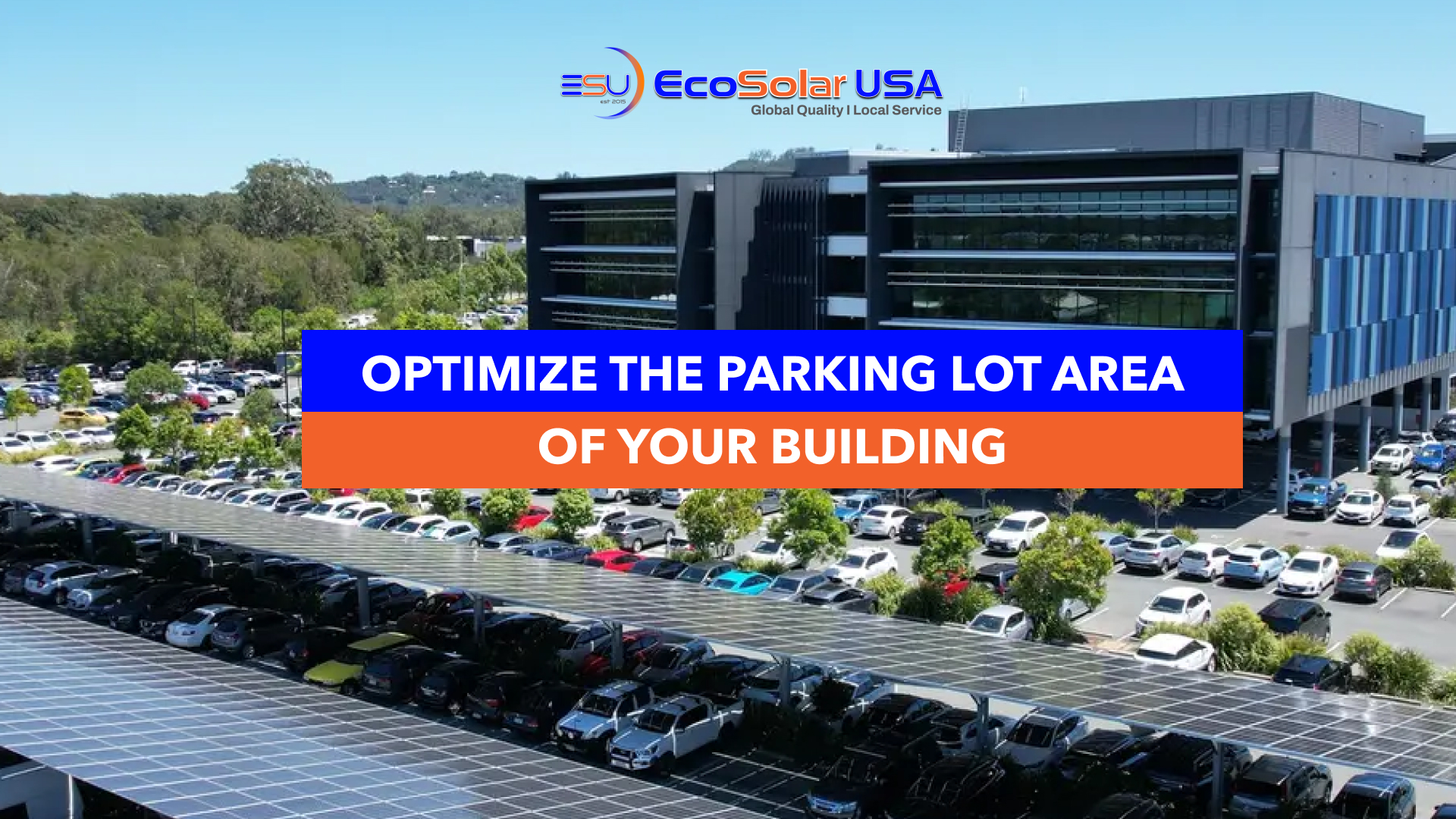
(California & Texas Homeowner Guide)
If you’re considering solar for your home, you may wonder whether you should simply install solar panels—or whether adding a battery storage system makes sense now. The right choice depends on your state’s utility policies, incentives, and your personal goals.
This guide walks you through both scenarios—with a focus on California and Texas conditions and incentives.
What Does a Solar Battery Do?
A solar battery stores the electricity your solar panels generate and allows you to use it later—such as at night, during a grid outage, or when utility rates are higher.
According to EnergySage, while batteries add cost, they also add value: resiliency, independence and greater control over your energy usage.
When a Battery Makes Sense – California or Texas
✅ Good reasons to include a battery
- Frequent outages or grid instability: In California, you might face Public Safety Power Shutoffs (PSPS); in Texas, storms or grid stress can cause blackouts.
- Reduced net-metering value: If your utility credits you less for sending excess solar to the grid, storing and self-using that power becomes more valuable.
- Time-of-use (TOU) rates or peak pricing: Avoiding expensive high-rate hours can justify storage.
- Desire for full energy independence: You want backup power and less reliance on the grid.
❌ Reasons you might wait
- Your utility offers strong 1:1 net-metering and you have minimal outages.
- Budget is limited and you can gain more by first installing panels (which generate electricity) and adding a battery later.
- Local incentives for batteries are weak or uncertain in your area.
State-Specific Incentives & Policies
🇨🇦 California
- The federal residential clean energy tax credit covers batteries (when they meet eligibility). You can claim 30% of the installation cost. IRS+2burgesons.com+2
- The Self‑Generation Incentive Program (SGIP) provides state rebates for home energy storage installations: up to ~$300 per kWh of capacity in some cases. EnergySage+2SolarReviews+2
- Example: In equity/resiliency high-risk zones you may receive greater rebates. pge.com+1
- Because California’s net-metering (NEM 3.0) export credits are lower than prior programs, a battery often helps maximize value.
🤠 Texas
- There is no statewide battery-specific rebate program in Texas, though some utility zones or retail providers may offer localized incentives. SolarReviews+1
- The federal tax credit still applies: batteries installed on homes (often sized 3 kWh or larger) qualify for the 30% credit if they meet IRS criteria. EnergySage+1
- Some utilities or REPs offer battery incentives or “virtual power plant (VPP)” programs (bill credits for battery participation). NATiVE Solar+1
Solar Panels vs. Battery: Cost & Savings Comparison
| Component | Panels Only | Panels + Battery |
| Up-front cost | Lower | Higher (battery adds several thousand) |
| Energy generation | Solar panels generate electricity | Same generation + storage for later use |
| Outages/backup | Minimal or none | Provides backup power during grid loss |
| Export credit value | Depends on net-metering | Less dependent on export credit if you store/use yourself |
| Payback period | Often shorter in strong net-metering states | May be longer, but adds resilience value |
| Incentives | Eligible for solar tax credit | Eligible for solar tax credit + battery rebates in some areas |
Real-World Example: California vs Texas
- California: High utility rates + lower export credit = battery helps capture value by storing power for personal use.
- Texas: Moderate export credit + rising rates + frequent extreme weather = battery may offer payback via backup and participation in programs.
How to Decide: Steps for Homeowners
- Review your electricity bills: look at how much you pay, how much you send back, and whether you have net-metering or export credits.
- Consider your risk of outages or desire for backup.
- Get quotes from trusted local installers (panels only vs panel + battery).
- Ask how your net-metering/export policy works in your state/utility.
- Ensure your system is “battery-ready” if you choose to add storage later (wiring, panel size etc).
- Factor in incentives (federal + state) and see how they impact the economics.
Why Choose Us: Eco Solar USA
With over 10 years of experience serving homeowners in California and Texas, Eco Solar USA partners with top brands such as Tesla, Enphase, Maxeon, and Hyundai to deliver quality solar and storage solutions tailored to your local market.
We understand the specific incentives, utility policies, and equipment best suited for your region—ensuring you make the right decision whether you start with panels or include a battery now.
If your goal is to simply reduce your electricity bill, starting with solar panels is almost always a smart move.
But if you also value energy resilience, have a home with high usage or unreliable grid access, or live in a region where net-metering export rates are dropping, adding a battery now may be the smarter long-term investment—especially in California.
In Texas, batteries may offer strong backup value and future-proofing, even though state-wide rebates are limited.
Whatever your choice, make sure you choose an installer who understands your local policy landscape and can design for either path: panels now + battery later, or both at once.



